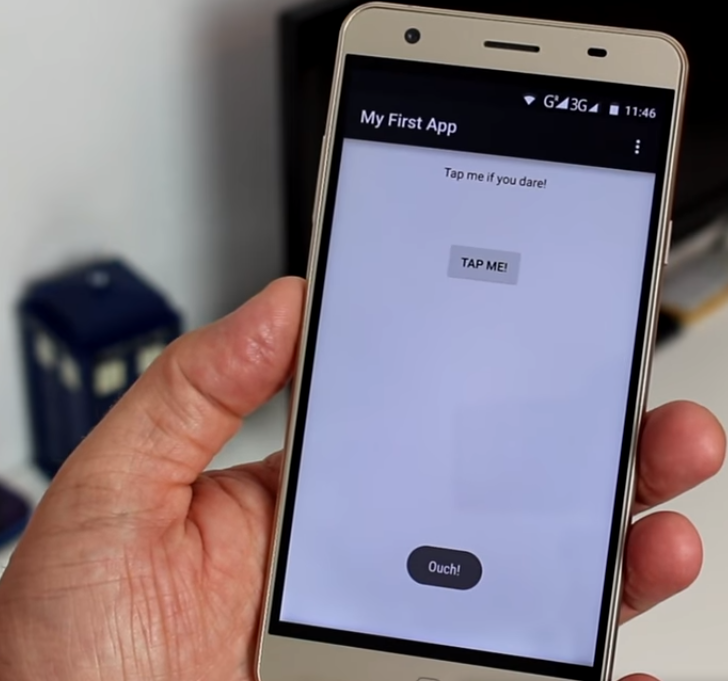Developing a mobile application for commercial purposes is more than just an idea. It requires one to go through some elaborate mobile app development stages so as to increase their chances of success. Those stages include; the idea phase, the strategy phase, the design phase, the development phase, the deployment phase, and the post-launch phase. All these phases are very critical and if well followed can immensely increase the success of your mobile application. Today I look into the strategy phase.
It a common occurrence in most software development companies to interact with a number of prospective mobile app development clients. Many come with brilliant ideas which they are so optimistic about without the consideration of the other stages of successful mobile app development. Most companies have made it a practice to have a discussion of these other stages of mobile app development so that to make you aware that however great your mobile app may be, the app in itself can’t ensure its own success.
One of the phases of paramount importance is the strategy one chooses to deploy when developing the app.
Any strategy mainly encompasses the analysis of competition, the monetization of your app, marketing, and the road-map of your app development.
Under competition analysis, one needs to thoroughly analyze their idea in terms of the existing problem and how the existing solutions are solving it. These current solutions form the competition. One should try the existing solutions and know why they have not tried to think of their idea as a better solution. In analyzing how good the existing solutions are doing, one can look at the number of installations of the competitive apps, their ratings and reviews, and studying the company history as far as the competitive product is concerned to grasp what they have had to do to get to where they are. Such analysis gives one a clear visibility into the market economics and developments of the niche, hence one can gauge the potential success of their idea.
Another component of the strategy phase is how one is going to generate income with the app putting close consideration of their target market. One has to find out not only how much money the market is willing to pay for such a potential solution but also how they would like to pay for it. This gives insights into what monetization method to adopt. These include; in-app purchases, ad revenues, traditional paid apps, selling data, subscription payments, premium features among others.
Marketing the application is another component one has to consider. A thorough analysis of competition can give you an idea of how you can reach your target market easily and the challenges you are likely to meet on the way. This enables you to develop better ways to market
Finally, you need to come up with a roadmap of all the potential features of your application so that you can prioritize what features to start with. This enables you to develop the most essential features that you can release to your potential clients who can then give you feedback on what to develop next or the changes to make. This is the idea of the minimum viable product(MVP) and it enables you to gain users as you grow.
Utilizing best practices in mobile app development can bring great success with minimized expenses and reduce your chances of falling into the trap of a majority of startups that never make it to see their first anniversary.
